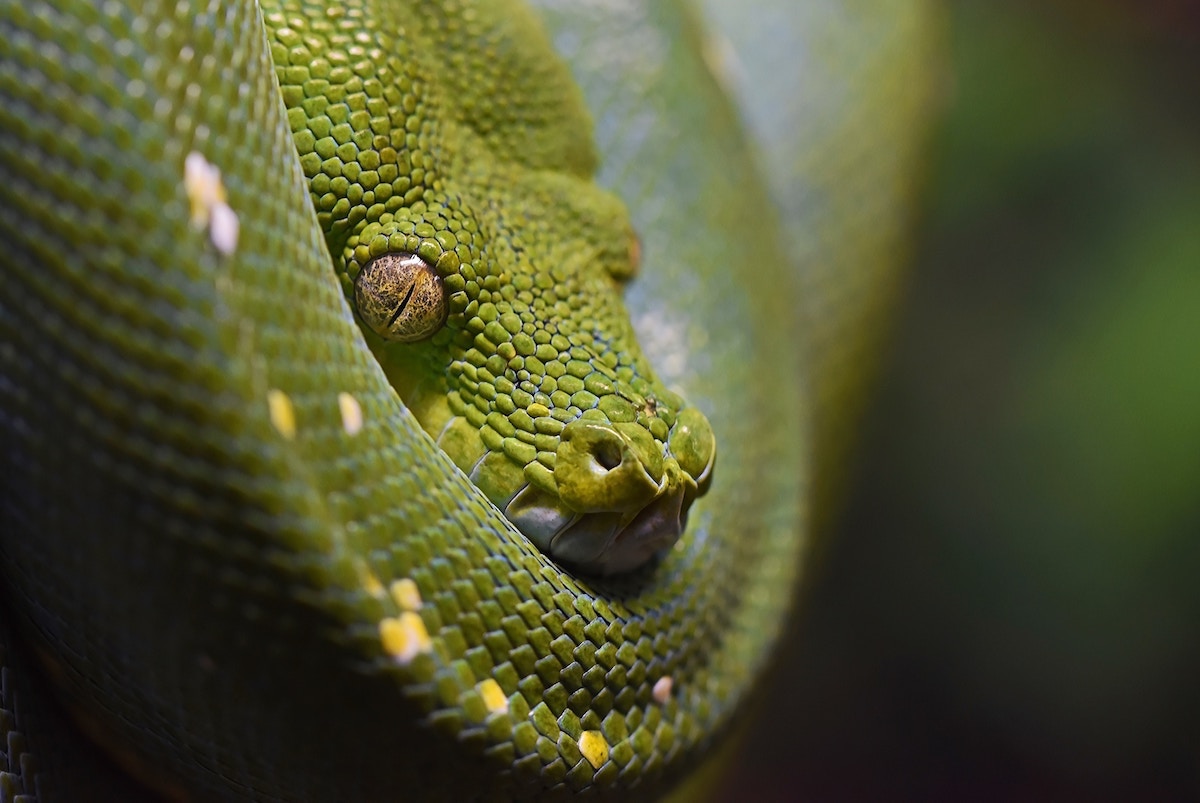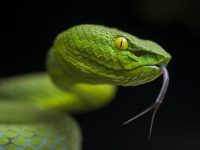
CARMEN AGUSTÍN-PAVÓN answers:
Fear is an emotion that we animals experience when we perceive a danger or threat. It is part of a small group of emotions that can be considered innate and necessary for our survival. Poisonous snakes were a fundamental danger to our primate ancestors during the millions of years that they coexisted, which probably caused the selection of mechanisms in primates to rapidly detect and respond to these threats. Some years ago, neurons were discovered in the visual system of macaques that respond in a preferential way to photographs of snakes. These neurons are located in the pulvinar nucleus of the thalamus, connected to the amygdala, key center of the emotional brain.
In human beings, it is very difficult to discern what is learned and what is innate in our behaviour. Despite this, according to recent studies, the rejection (or phobia in some cases) most human adults feel from snakes may be one of the few instincts inherited from our ancestors that we still have. This is derived from the observation of the way babies – both newborns and babies between five and six months old – stare at images of snakes, and the degree of pupil dilation that these images generate (a fact that correlates with a response from the noradrenergic system). But this attentional response does not necessarily translate into fear; it seems that our brains are prepared to respond quickly to potentially dangerous stimuli and that these stimuli are also more effective in inducing conditioned fear. In fact, other studies have shown that the induction of a fear reaction in infants and very young children depends largely on the association of a dangerous stimulus, such as a snake, with the observation of fear gestures by the mother or other nearby adults. Similarly, positive signals associated with danger may counteract fear.
Finally, the fear reaction to these stimuli also depends on the character of the animal. In a study I was involved with, we measured fear reactions in marmosets that were bred in captivity and, therefore, had never seen a snake before. In spite of this, the animals reacted in a very evident way to a plastic snake, observing it for a long time, moving away and emitting vocalizations associated with danger. However, these reactions varied widely from one animal to another and were most pronounced in animals that had proved to be more «fearful» in previous tests.
Carmen Agustín-Pavón is an expert in Neuroscience and professor at the Department of Cellular Biology, Functional Biology and Physical Anthropology of the University of Valencia.

